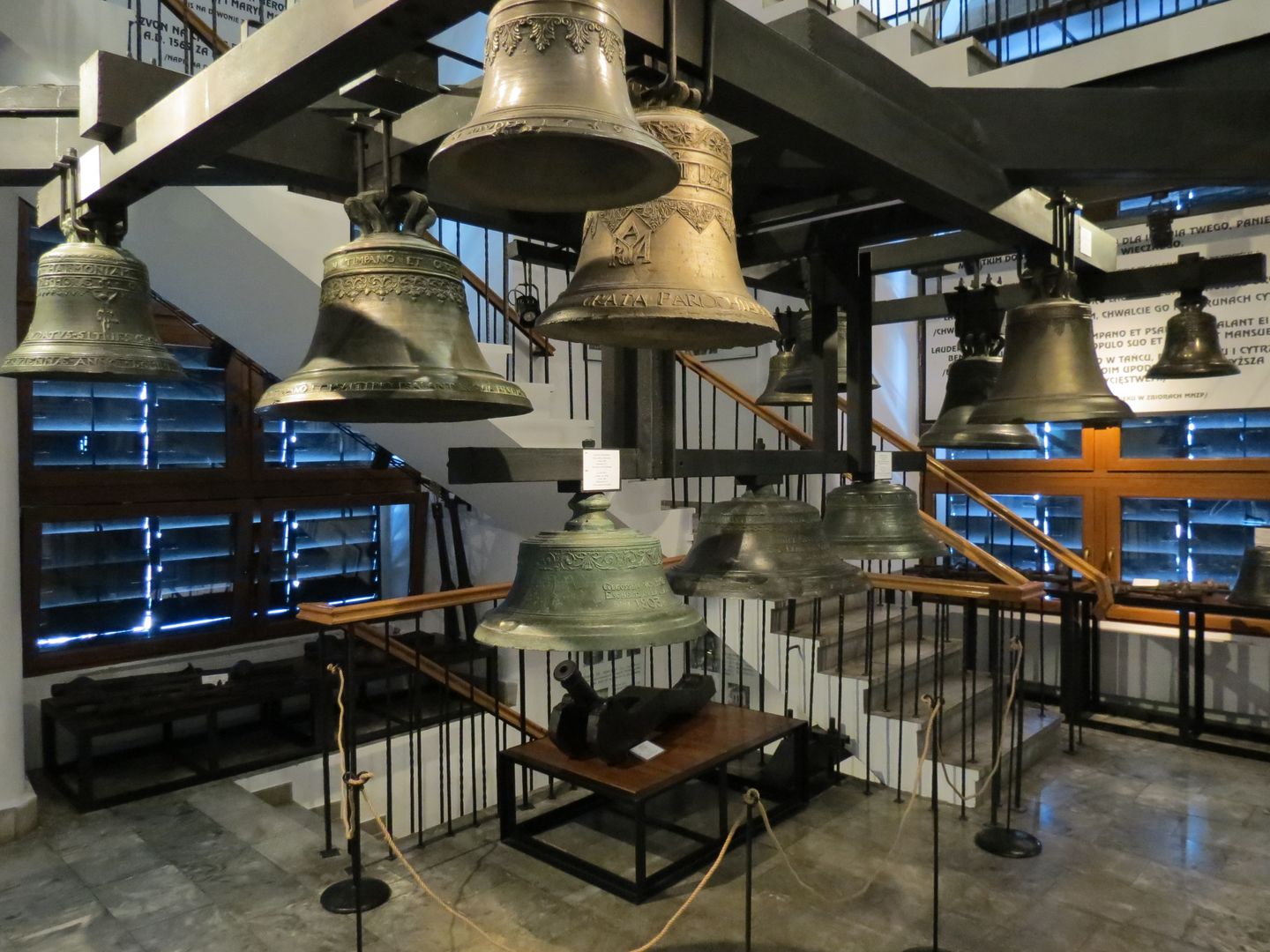National Museum of the Przemyśl Land in Przemyśl
6.78

Overview
The National Museum of the Przemyśl Land in Przemyśl, established in 1909 on the initiative of local activists, has a rich history and valuable collections. Its grand opening took place on April 10, 1910, and its foundation was the private collection of Kazimierz and Tadeusz Osiński, supplemented by public donations. In 1921, the institution adopted the name National Museum of the Przemyśl Land. During the interwar period, it struggled with financial and spatial difficulties, and after World War II, in 1946, it received the building of the former Greek Catholic bishopric. In 2008, the construction of the new museum building, designed by KKM Kozień Architekci, was completed. This building was one of the Polish candidates for the prestigious Mies van der Rohe Award in 2009. The museum houses collections related to the work of Professor Rudolf Weigl, including laboratory equipment and publications. In 2016, the Bunkier Stage began its activities, presenting performances, concerts, and meetings with artists. The museum also has two branches: the Museum of Bells and Pipes, operating since 2001 in the Clock Tower, which offers exhibitions related to pipe-making and bell-founding, and the Museum of the History of the City of Przemyśl, opened in 2005 in the 16th-century Brzykowska Townhouse. Interestingly, the Clock Tower, which houses one of the branches, features two viewing terraces. The museum is an important point on the cultural map of Przemyśl, combining historical, architectural, and cultural elements, and its activities enrich the local community.
Location
Tickets
Powered by GetYourGuide
2025 Wizytor | All Rights Reserved